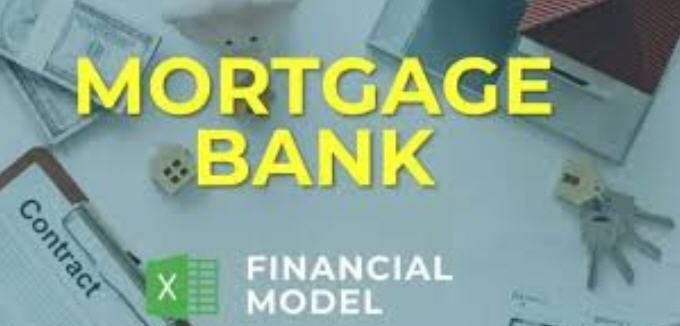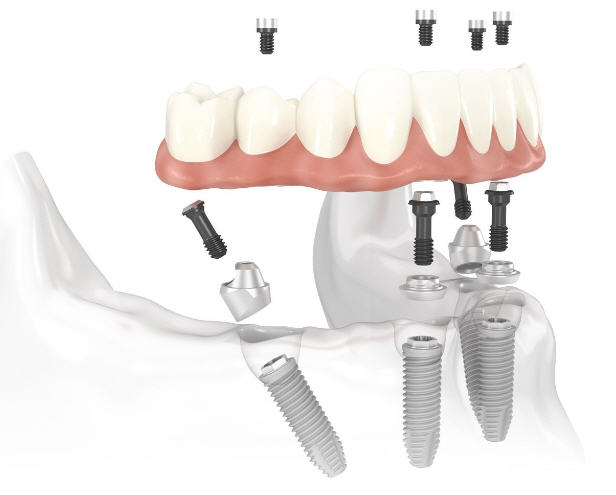
Key Performance Indicator (KPI) for Book Store
To name a few:
Sales KPIs
- Sales Revenue: Total revenue generated during a specific period (daily, monthly, yearly). The top-line metric.
- Sales Growth: Percentage change in sales revenue over time. Are your sales expanding or contracting?
- Sales per Square Foot: Revenue per square foot of retail space. Helps assess sales floor efficiency.
- Average Transaction Value (ATV): Average amount spent by each customer. Increasing ATV boosts revenue.
- Units per Transaction (UPT): Average number of items purchased in a single transaction. Similar to ATV, works to boost basket size.
Customer-Focused KPIs
- Foot Traffic (for physical stores): Number of customers entering the store. Shows the potential customer base.
- Conversion Rate: Percentage of visitors (online or in-store) who make a purchase. Higher conversion means better sales techniques.
- Customer Retention Rate: Percentage of customers who return for repeat purchases. Builds loyalty and repeat business.
- Net Promoter Score (NPS): Measures customer satisfaction and likelihood of recommending your store.
- Online Reviews: Monitor reviews on platforms like Google, Yelp, or industry-specific sites. Gauge and address customer sentiment.
Inventory KPIs
- Inventory Turnover Ratio: How frequently inventory is sold and replenished over a period. High turnover ratio indicates efficient stock management.
- Sell-Through Rate: Percentage of inventory sold within a given period. Helps spot slow-moving items.
- Days Inventory Outstanding (DIO): Average number of days inventory is held before being sold. Shorter DIO means better cash flow.
- Stockouts: Instances when a customer tries to buy a product, but it’s out of stock. Lost sales and customer frustration.
Financial KPIs
- Gross Profit Margin: Percentage of revenue remaining after accounting for the cost of goods sold (COGS).
- Net Profit Margin: Percentage of revenue remaining after all expenses are accounted for. Measures overall profitability.
- Shrinkage: Loss of inventory due to theft, damage, or errors. A low rate is key to maximize profits.
Operations & Marketing KPIs
- Website Traffic (for online stores): Number of visitors to your online store. Indicates the reach of online marketing.
- Email Open/Click-Through Rate: Track the success of email campaigns for both online and in-store promotions.
- Event Attendance & Sales: If you host author events or readings, track attendance and any resulting sales boosts.
Additional Considerations
- Genre-Specific KPIs: Analyze sales trends and inventory performance by category (fiction, non-fiction, children’s books, etc.).
- Community Engagement: Track participation in book clubs, author events, or other community-focused initiatives.









